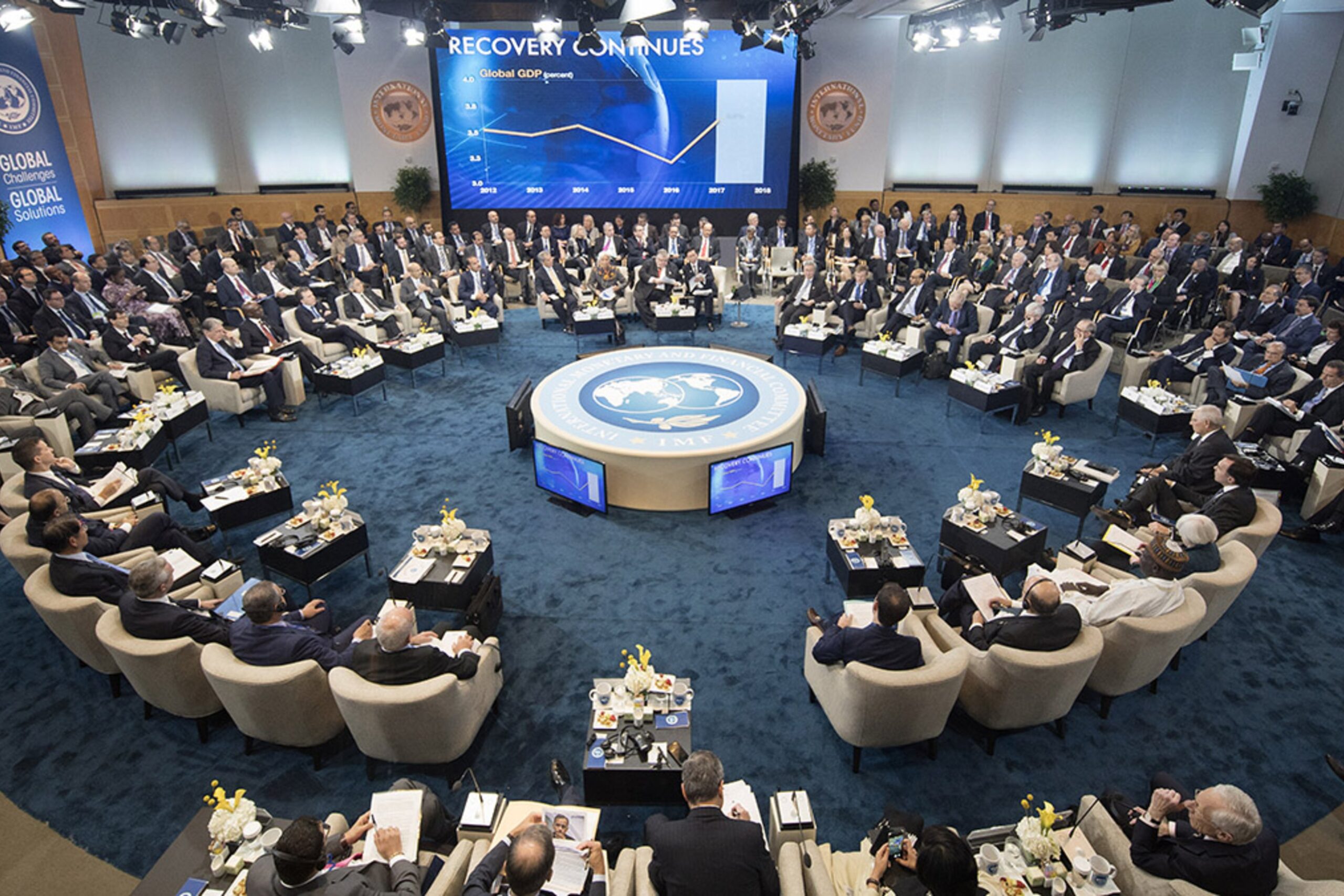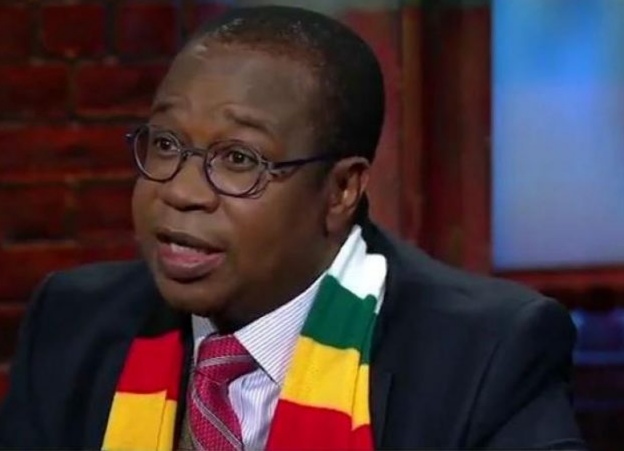Long-term stability must be the goal
As Minister of Finance and Economic Development Mthuli Ncube noted this week, it is largely impossible to create a legal framework that guarantees a stable exchange rate and thus low+ inflation.
Speculators and manipulators, and there are a lot of such people, can always discover the loopholes and then exploit them for personal gain.
We need to remember that not everyone sees high inflation as a disaster, since high inflation is the classic way of transferring wealth from the poor to the rich, and there are enough rich who want to get richer through such transfers rather than by creating ever more efficient and responsive businesses.
In the dual currency Zimbabwe these are joined by a group, probably another large group, who want redollarisation for all sorts of reasons, some because they are so tired of instability, some because this is the easiest way of moving capital out of the country, and some because they feel the US dollar is very close to a sacred currency and they should be allowed to use it for everything.
The result has been the highly cyclic nature of the currency exchange rates in the economy. For the last three plus years we have a fairly stable exchange rate, the local currency drifting down slowly in value at roughly the rate of other developing countries with a reasonably well-managed economy.
Then we get a three month period of exponential surges in the exchange rate, the black market exchange rate, which triggers three months of high inflation that in turn hammers the poor and the middle classes.
Then a series of measures by the authorities, the Ministry of Finance and the Reserve Bank, restores stability for another nine months, until the next bomb goes off. This needs to stop.
The general economic fundamentals are good and should create a stable growing economy. Foreign exchange inflows are greater than outflows, the Government insists on high levels of fiscal discipline which means that money supply creation at the Government level is very low.
It has been known for some time that the private sector and the banks do create money supply through loans, and that while deposits are well in excess of loan books, the position changes when only local currency is taken into account since there are few foreign currency loans.
As we expressed last week, there was a growing suspicion that the Reserve Bank might have been in effect creating local currency money supply by crediting the accounts of exporters for the 25 percent of export earnings that they must surrender on arrival. The feeling was that the Reserve Bank did not have that much local currency.
While the theory would suggest that Reserve Bank sells the surrendered foreign currency, and adds in the money it makes from selling gold coins and tokens, plus the money earned from other activities, there would be a continuous shortfall caused by the falling value of the stocked local currency.
The Ministry of Finance and Economic Development obviously agreed with this analysis, hence the decision first to take over the foreign loan servicing directly and then, at the end of last week, take over the responsibility of buying the surrendered export earnings using its tax revenue, and making sure that most of that revenue would be local currency so it had enough.
At the same time interest rates and other measures were being put in place to discourage borrowing, so minimising the contribution of the private banking sector to money supply creation.
In a normal society this should come a lot closer to providing a permanent solution and ending the cycles.
The other plank in the latest reform package is to start getting all these foreign currency inflows into a single basket, or at least connect the baskets a lot better.
Retained export earnings were introduced by Gideon Gono to try and keep the economy functioning a little longer as he printed the local currency out of existence.
They were kept through dollarisation and were kept into the post dollarisation era. Percentages are adjusted at times, but generally allowed to rise.
When we dedollarised the measure was introduced that what was not used within 30 days, then 90 days, would be sold for local currency.
That was never enforced and huge balances were built up by net exporters, creating massive reserves but only for that small group.
We are now returning to that, although this time the unused retained export earnings will be sold into the interbank market.
The auctions are to be cut to US$5 million a week, to set prices, but these sold off retained export earnings will presumably be the source of currency of most imports.
But, already there are whispers. One particular problem is that there is a large group of people who see everything as the fault of the Government, with the private sector as the innocent victims and in any case with the business world, without exception, on the side of angels and just trying to continue in business.
This has always been a dubious proposition, and especially so when we look at how some businesses operate.
The main continuing problem is the dual currency economy. Most countries do not have this and it appears that Zimbabwe could well be suffering as a result.
When dollarisation came into force in 2008 the US dollar was introduced as a unit of account. The local currency had, for all practical purposes, become worthless.
So there was no problem in working out how to convert what was in bank accounts. A clean up was done later but nothing much was rescued.
There were not enough US dollars in circulation to fund a proper economy. Property, shares and other non-cash assets were redenominated in US dollars but there was no way more than a tiny faction could receive US dollars if there was a mass sell-off. Liquidity was low and salaries were low, roughly those US dollar allowances that some are reintroducing.
The system worked for a while because the banking system, working with a redenominated currency, functioned but it must always be stressed that this was not backed by real American money.
Even fiscal indiscipline worked for a few years, as everyone pretended that bank balances were real, and then the wheels came off when it became obvious that the money in the banks were not real US dollars.
The identical problems will arise again if Zimbabwe redollarises as some so desperately want.
For a start using US dollars as a unit of account, and already too many businesses do this, makes Zimbabwe uncompetitive. We are not competing with the USA but with other countries with their own economic indicators.
That is why last time local manufacturing was so badly damaged.
Secondly there are not that many US dollars in circulation. So we either have a poor stuttering economy or we create some within our banking system. Either is undesirable.
Eddie Cross has been consistent as an economist in wanting total dedollarisation with all transactions in local currency, with export earnings brought to account in the interbank market on arrival, for an exchange rate to be set by pure supply and demand.
As he points out this is what almost every country does, and what Rhodesia and Zimbabwe did for many years, although manipulation of official exchange rates to maintain cheap prices coupled with strong import controls to maintain local production caused ever increasing stresses.
Cross recognises his big-bang will cause a period of disturbance, but reckons getting everything out in the open will mean no more later. The main objection could be permanent damage.
The latest reform measures open up the opportunity for a softer landing, but still creating this single currency economy.
And this time we should perhaps be looking at the future and figuring out how to move to the normal position without wrecking what we have already.-ebusinessweekly









